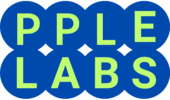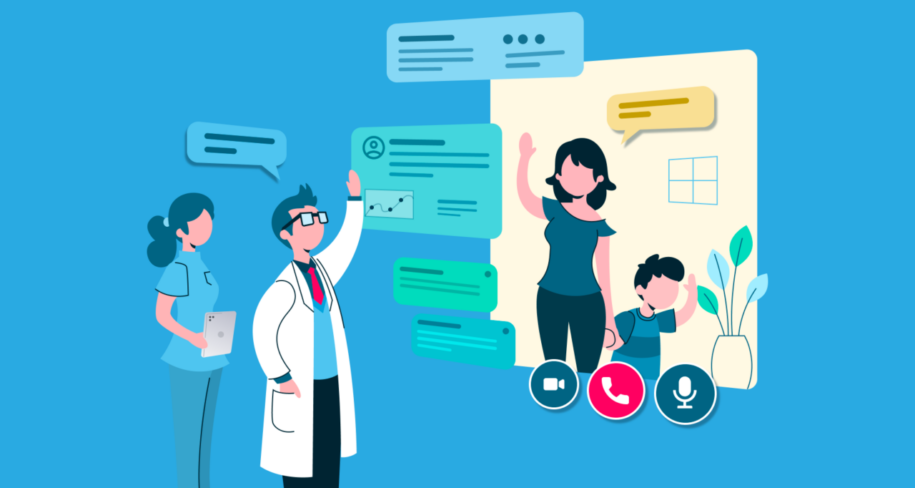You know, it wasn’t too long ago that “going to the doctor” meant a physical trip to a clinic, waiting rooms, and all that jazz. But things are changing, and fast. Remote patient monitoring (RPM) is stepping into the spotlight, and it’s bringing along some seriously cool tech.
The Rise of Remote Patient Monitoring (RPM)
Imagine having your vital signs checked from the comfort of your couch. That’s RPM for you. It’s essentially using technology to monitor patients outside of traditional healthcare settings. Think wearables, apps, and devices that send real-time data to doctors. This is a game-changer, especially for folks with chronic conditions or those living in remote areas.
The Role of AI in Revolutionizing RPM
Now, throw AI into the mix, and things get even more interesting. AI can analyze tons of patient data, spotting patterns and predicting potential health issues before they even happen. It’s like having a super-smart health assistant that never sleeps. You might be asking, “How does this help?” Well, AI can predict when a patient is at risk of a heart attack, or when medication dosages need adjustments. It makes healthcare more proactive, not just reactive.
Challenges: Navigating Cybersecurity in Telehealth
But here’s the catch: all this data flying around needs to be secure. We’re talking about sensitive medical information, and if that falls into the wrong hands, it’s a major problem. It’s like leaving your house keys under the doormat – convenient, but risky. So, cybersecurity is a huge concern in telehealth.
Actions: Safeguarding Patient Data in the Digital Age
So, what are we doing about it? Well, there are a lot of measures being taken. Encryption, secure data storage, and strict access controls are just the beginning. Healthcare providers are working hard to ensure that patient data is locked down tight. Think of it as building a digital fortress around your health information.
Solutions: Leveraging AI for Enhanced Security
Ironically, AI isn’t just a part of the problem; it’s also a big part of the solution. AI algorithms can detect suspicious activity and potential cyber threats in real-time. It’s like having a digital security guard that’s always on the lookout for intruders. AI helps to predict and prevent attacks, keeping patient data safe.
Results: Improved Patient Outcomes and Accessibility
The results are pretty impressive. Studies have shown that RPM can lead to a significant reduction in hospital readmissions, better management of chronic conditions, and improved patient satisfaction. For example, some studies found that RPM reduced hospital readmissions by up to 20% in patients with heart failure. Furthermore, consider the accessibility factor; imagine a patient who lives hours away from the nearest hospital, now they can receive care virtually.
The Future Landscape of Secure, AI-Driven RPM
Looking ahead, AI-driven RPM is set to become even more integrated into our lives. We’ll see more sophisticated wearables, AI-powered diagnostic tools, and even more secure telehealth platforms. The goal? To make healthcare more accessible, efficient, and, most importantly, secure.
Conclusion
Remote patient monitoring, powered by AI and secured by robust cybersecurity measures, is transforming healthcare. It’s not just about convenience; it’s about making healthcare more proactive, personalized, and accessible to everyone. While challenges exist, the solutions being developed are paving the way for a future where healthcare is more efficient and patient-centered.
FAQs
- How secure is my data during remote patient monitoring?
- Healthcare providers use strong encryption and security measures to protect your data, and AI is increasingly used to detect and prevent cyber threats.
- Can AI really predict health issues?
- Yes, AI algorithms can analyze large amounts of data to spot patterns and predict potential health problems, allowing for proactive interventions.
- Is RPM just for people with chronic conditions?
- No, RPM can benefit a wide range of patients, including those recovering from surgery, those needing regular monitoring, or those living in remote areas.
- What kind of devices are used in remote patient monitoring?
- Wearable devices like smartwatches, blood pressure monitors, and glucose monitors, as well as mobile apps and home-based monitoring systems are used.
- Will this replace in person doctors visits?
- No, remote patient monitoring is meant to compliment in-person visits, and make healthcare more accessible, not completely replace traditional doctor visits.


Leave a Reply